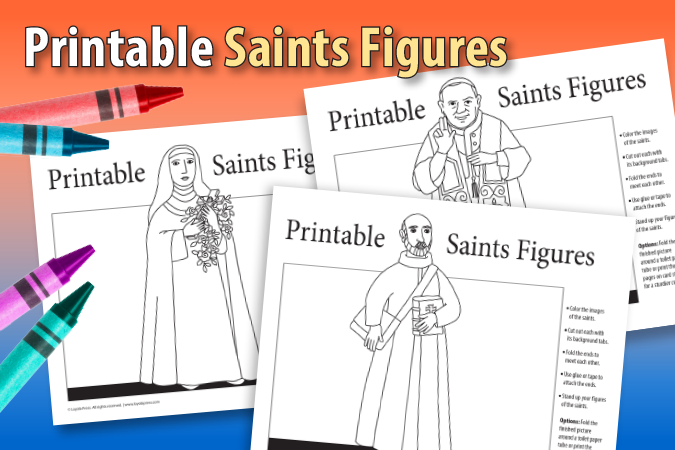I am trying to think of saints and blesseds who fit the following 3 characteristics:
- Saints and blesseds known for their undying enthusiasm and determination
- Saints and blesseds known for innovation in proclaiming God’s Word
- Saints and blesseds (especially lay people) who founded movements in the Church
Please send me names and brief descriptions of which category they fit and why (see Leave a Reply below). Thanks!





![St. Patrick stained glass window - Image by Andreas F. Borchert [CC BY-SA 4.0]](https://catechistsjourney.loyolapress.com/wp-content/uploads/2017/03/SaintPatrick-stained-glass-window675.jpg)
St. Dominic was an often-overlooked revolutionary. He and St. Francis broke open the monastic mold with itinerant, mendicant communities who went out to the people and lived on whatever they were given. Dominic is eclipsed by the personable figure of Francis but it was he who turned upside down the whole approach to evangelizing the people.
Dominic realized how ineffective the preaching of the day was. He saw that the bishop in elegant attire and sustained by an equally elegant retinue was irrelevant to poor people struggling to survive and attracted to the more appealing Catharists and their teaching.
Dominic set aside all that was his by virtue of being a canon of the cathedral and set out in bare feet, one robe, and a copy of the Gospel of St. Matthew. As others joined him, he became concerned that those who were to preach the Word be well-formed in the Word. He was the first to send his young companions to the secular universities in the large urban centers of the day so that they would be well-educated. Their studies were offset by lives of personal and communal prayer centered in the liturgy of the Church.
As the Order of Preachers (the Dominicans) was formed, the friars changed the ways religious communities were governed. Instead of an abbot usually appointed for life by a bishop, the Dominicans elected their leaders from the membership and for a limited term; at the end of that term, the leader went back to being a regular member of the community. This was–and is–true for both the men’s and women’s communities that comprised the Order.
Dominic was unique for his time in joining the contemplative life with one of study, community and an active apostolate. Most of what we know comes from those who knew him and wrote about him, rather than from writings of his own. He was a very quiet revolutionary!
Thanks Judith! This is great background on St. Dominic!
Innovative Gospel presenters:
Bishop Sheen (though I don’t know a whole lot about him myself).
Movement starters:
Dorothy Day;
Ignatius of Loyola (He was a layman when he began, and had to go back to school as an adult to become “qualified” and be ordained.)
Thanks Deborah! Good suggestions!